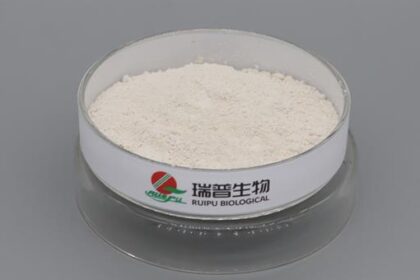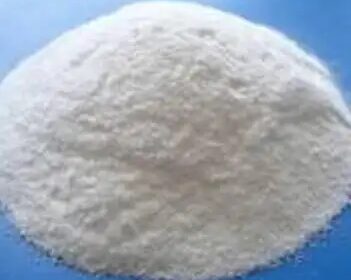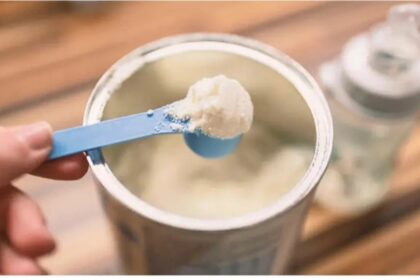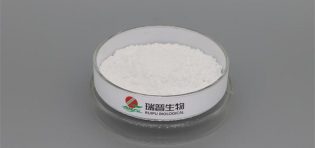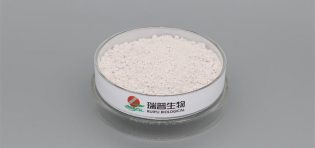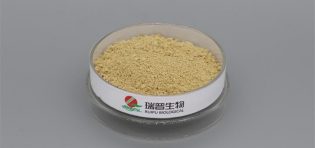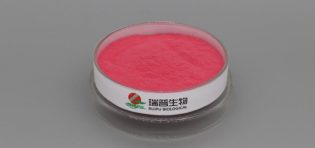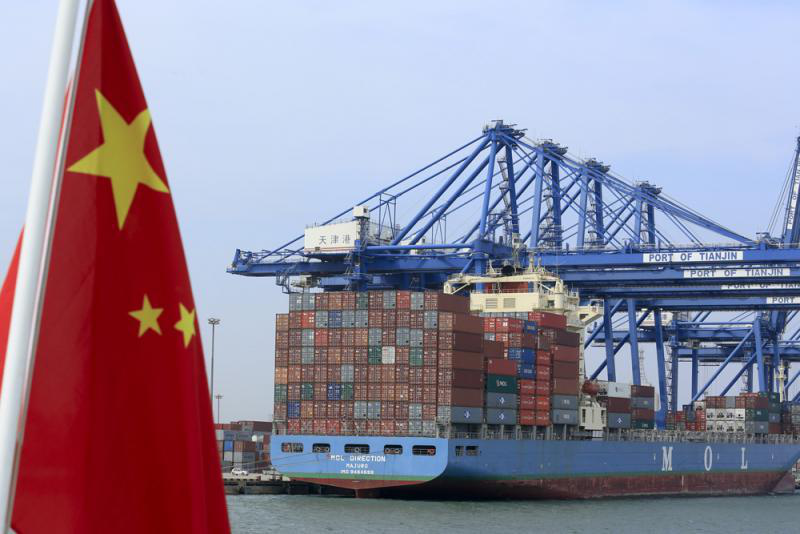
When producing vitamin premixes, the following aspects must be considered to ensure the quality and safety of the product:
1. Raw Material Selection and Quality Control
·Purity and Stability of Raw Materials: Choosing high-purity and stable vitamin raw materials is the foundation of producing high-quality vitamin premixes. The purity and stability of the raw materials directly affect the efficacy and shelf life of the final product.
·Compatibility Considerations: Interactions between different vitamins may affect each other's stability or efficacy. Therefore, when selecting raw materials, it is important to avoid combinations of vitamins that may result in undesirable interactions.
·Raw Material Testing: Strict sampling and testing of purchased vitamin raw materials are required to ensure they meet quality standards. This includes testing the purity, efficacy, moisture content, and heavy metal content of the raw materials.
2. Formula Design and Adjustment
·Scientific Formulation: Based on the nutritional needs of animals or humans, and in conjunction with feeding standards or nutritional guidelines, scientifically design the formula for the vitamin premix. The formula should ensure that the proportions of various vitamins are reasonable and meet actual needs.
·Flexible Adjustment: Considering the potential losses during processing and storage, as well as other factors affecting vitamin efficacy, recommended addition levels should include a safety margin above the minimum requirements. Furthermore, the vitamin levels should be flexibly adjusted according to specific conditions such as animal health, production levels, feed composition, environmental temperature, feeding methods, and processing techniques.
3. Production Process Control
·Mixing Uniformity: Use appropriate mixing equipment to ensure that vitamin raw materials are thoroughly and evenly mixed. Mixing uniformity is one of the most important factors affecting the quality of vitamin premixes.
·Processing Temperature and Humidity: Control the temperature and humidity during the production process to avoid vitamin degradation caused by high temperatures and moisture, especially during drying and packaging stages, where strict temperature and humidity control is necessary.
·Antioxidant Addition: To increase the stability of various vitamins and other easily oxidized substances, appropriate amounts of antioxidants such as ethoxyquin or butylated hydroxytoluene (BHT) can be added to the vitamin premix.
4. Packaging and Storage
·Packaging Requirements: Vitamin premix products are typically packaged in small quantities, and the packaging size should be determined based on the amount needed for one or several uses. Packaging should not be too large. Packaging materials should have good sealing and water-resistant properties to prevent oxygen and moisture from entering the package. Vacuum-sealed aluminum foil bags are recommended to ensure product stability and extend shelf life.
·Storage Conditions: Vitamin premixes should be stored in a dry, cool, dark, and well-ventilated environment. The maximum temperature in the warehouse should not exceed 30°C. The walls and roof of the storage facility should have insulation and moisture barriers, and ventilation systems should be in place during hot seasons. Light exposure should be minimized, and the product should not be exposed to direct sunlight. Storage time should also be strictly limited; it is generally recommended to use the product within 1-2 months, and no longer than 6 months. Once opened, the product should be used as quickly as possible.
5. Safety and Compliance
·Regulatory Compliance: The production of vitamin premixes must comply with relevant national laws, regulations, and industry standards to ensure the legality and safety of the product.
·Safe Production: Strengthen safety management during the production process to ensure the safety of workers and the proper functioning of equipment. Regular maintenance and servicing of production equipment should be conducted to prevent quality issues caused by equipment failures.
In summary, the production of vitamin premixes requires attention to raw material selection and quality control, formula design and adjustment, production process control, packaging and storage, as well as safety and compliance. Only by comprehensively considering these factors and implementing corresponding measures can high-quality, safe, and reliable vitamin premix products be produced.

